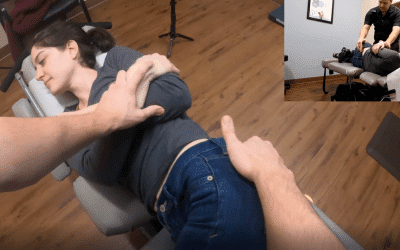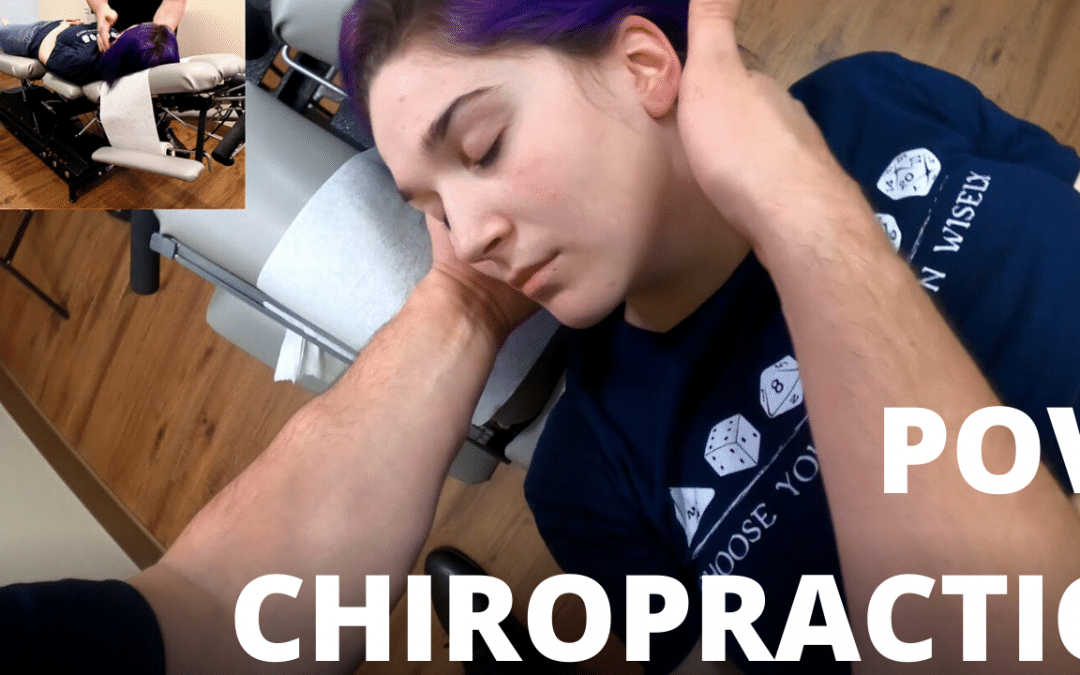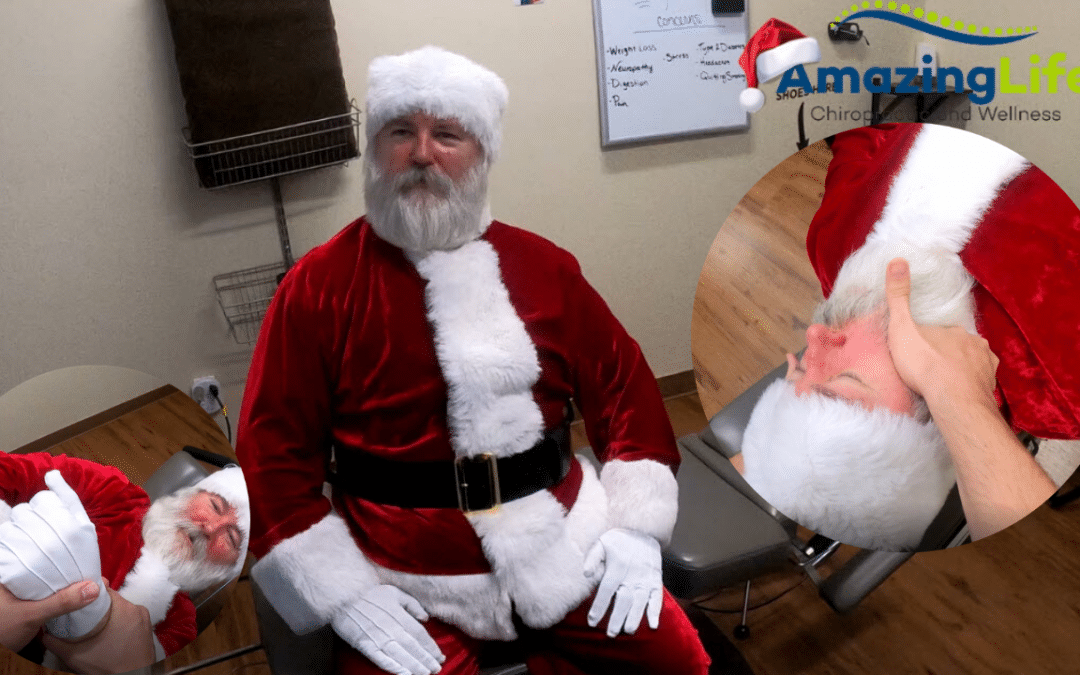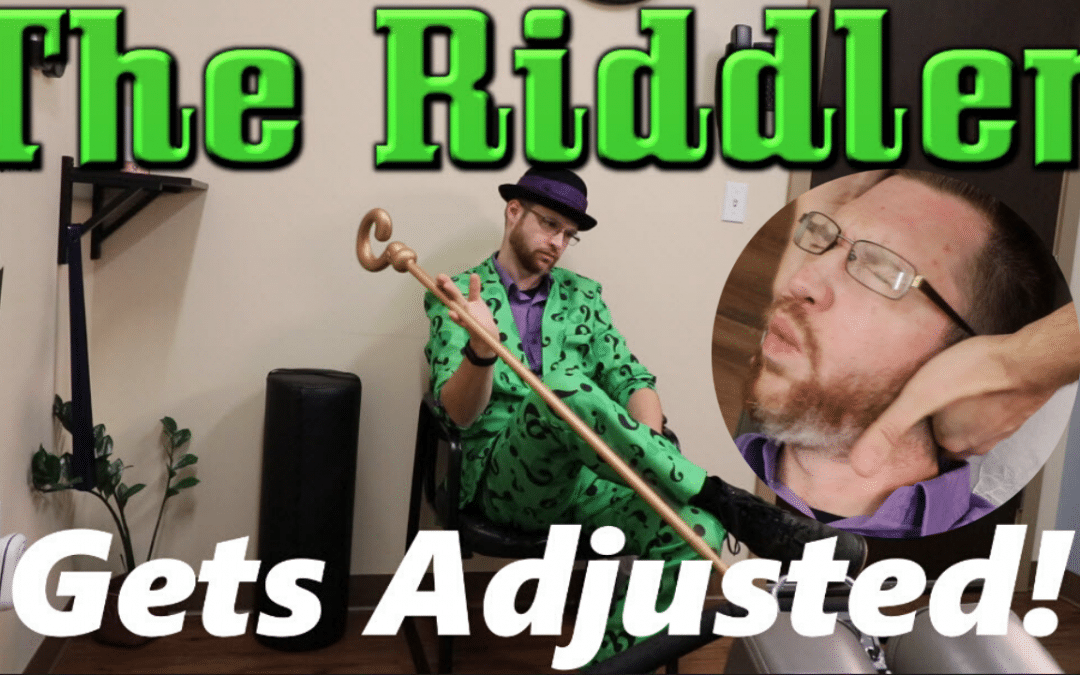It’s the New Year…Let’s Start with a 7-Day Weight Loss Cleanse
“Cheers to a new year and another chance for us to get it right.”
–Oprah Winfrey
If you’re like 60% of Americans, you’re planning your New Year’s Resolutions! And of those people, more than 70% are pledging to lose weight, diet, or eat healthier. Sadly, when all is said and done, only about eight percent will actually achieve those goals. We believe that’s because they rely on the latest fad diet or exercise regime where interest fades fast and goals are left aside.
The Right Way to Lose Weight
There is a better way! One that combines a sensible, healthy eating plan, nutritional supplements that enhance the experience, and an exercise plan developed with your interests and goals in mind. To ensure a positive outcome, we encourage you to consider these things:
Kick Off the Right Way – a 7-Day Cleanse!
With a doctor-assisted 7-day cleanse, you can quick start your weight loss efforts while also detoxifying your liver and ridding your body of dangerous toxins. By starting with a 7-day cleanse, people report feeling slimmer, having more energy, a clearer complexion, and reduced feelings of depression. Once you have completed the liver cleanse, you should feel more confidence and be ready to move forward with changes to your current eating and exercise regime.
Nutritional Guidance
In Mill Creek, living a healthy lifestyle is part of the appeal. We have options for fresh produce that are almost limitless…farmer’s markets, co-op farm deliveries, farm-to-table restaurants. The list goes on.
Unfortunately, people still resort to easy, quick, processed food choices foregoing better nutrition for convenience. At Amazing Life Chiropractic and Wellness, we feel strongly that good nutrition, coupled with homeopathic and herbal supplements, creates the foundation of better health. Having an experienced clinician available to talk with (and ask questions) elevates your chances of success as you embark on new lifestyle changes.
No Way Around it – Exercise is Key!
Some people enjoy exercise, but many people do not. Our goal is to find an exercise plan that is reasonable and achievable so that you can reach your desired outcomes. There are so many terrific choices – walking, yoga, bicycling…join a gym! At Amazing Life Chiropractic and Wellness, we’ll help you define your plan and find options to add variety to your workouts in Mill Creek.
We often forget that exercise, coupled with ongoing chiropractic adjustments, has the potential to improve your mood, lift your spirits, but to also can relieve a variety of aches and pains from a sedentary lifestyle. If your career has you sitting at a desk or working on a computer all day, even a brisk half-hour walk can do wonders both physically and emotionally.
All of us at Amazing Life Chiropractic and Wellness wish you a Happy New Year with terrific health and freedom of movement. Please to contact us at our Mill Creek location to check out our New Year’s weight loss program, as well as to discuss the natural and healthy benefits of chiropractic manipulation.






